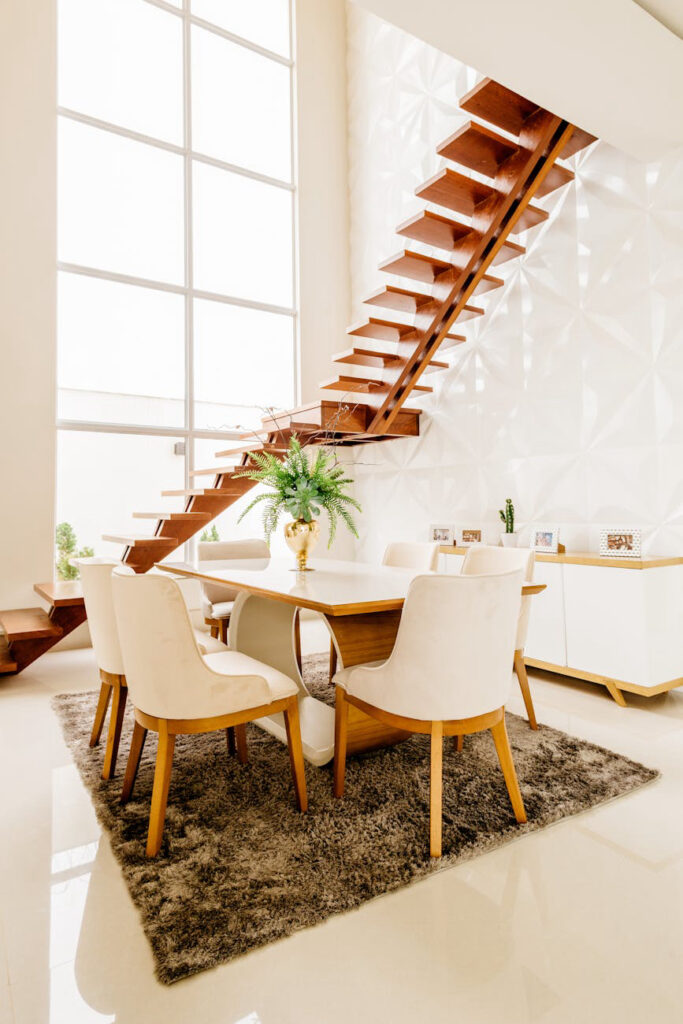In the ever-evolving landscape of urban living, the concept of granny flats, also known as accessory dwelling units (ADUs), has emerged as a versatile and sustainable solution to housing challenges. These compact, self-contained living spaces, typically located on the same property as a primary residence, offer a myriad of benefits ranging from affordable housing options to intergenerational living arrangements and sustainable urban development.
Originally conceived as supplementary accommodations for elderly relatives, granny flats have evolved to meet the diverse needs of contemporary society. Today, they serve as flexible living spaces suitable for a wide range of occupants, including young professionals, small families, and individuals seeking affordable housing alternatives in increasingly expensive urban environments.
One of the primary advantages of granny flats is their ability to provide affordable housing options within existing residential neighborhoods. By utilizing underutilized space on residential properties, homeowners can create additional rental income streams or accommodate family members without the need for extensive new construction or land acquisition. This not only addresses the pressing issue of housing affordability but also promotes socio-economic diversity and inclusivity within communities.
Moreover, granny flats facilitate intergenerational living arrangements, allowing families to maintain close bonds while respecting individual privacy and autonomy. Whether it involves aging parents seeking to live independently yet within close proximity to their adult children, or young adults transitioning into adulthood while pursuing higher education or career opportunities, granny flats offer a harmonious balance between familial proximity and personal space.
In addition to fostering familial connections, granny flats contribute to sustainable urban development by optimizing land use and promoting infill development. By utilizing existing infrastructure and services, such as water, sewer, and transportation networks, granny flats minimize the need for sprawling suburban expansion and reduce environmental impact associated with new construction. Furthermore, their compact size and efficient design promote energy efficiency and resource conservation, aligning with broader sustainability goals.
From a design perspective, granny flats offer a canvas for creativity and innovation, accommodating diverse architectural styles and functional layouts tailored to individual preferences and site constraints. Whether it’s a detached cottage nestled in a backyard garden or a converted garage with a modern aesthetic, granny flats exemplify the adaptive reuse of existing structures and the integration of sustainable building practices.
Despite their numerous benefits, granny flats are not without challenges. Regulatory barriers, zoning restrictions, and community resistance may hinder their widespread adoption in some jurisdictions. Addressing concerns related to parking, density, and neighborhood character requires collaborative efforts among policymakers, planners, and community stakeholders to create enabling environments for granny flat development.
In conclusion, granny flats represent a pragmatic and sustainable approach to addressing housing challenges in urban environments. By harnessing the potential of underutilized space and promoting intergenerational living, granny flats offer a path towards more inclusive, resilient, and vibrant communities. As we navigate the complexities of modern urban living, let us embrace the charm and practicality of granny flats as a catalyst for positive change in our built environment.

